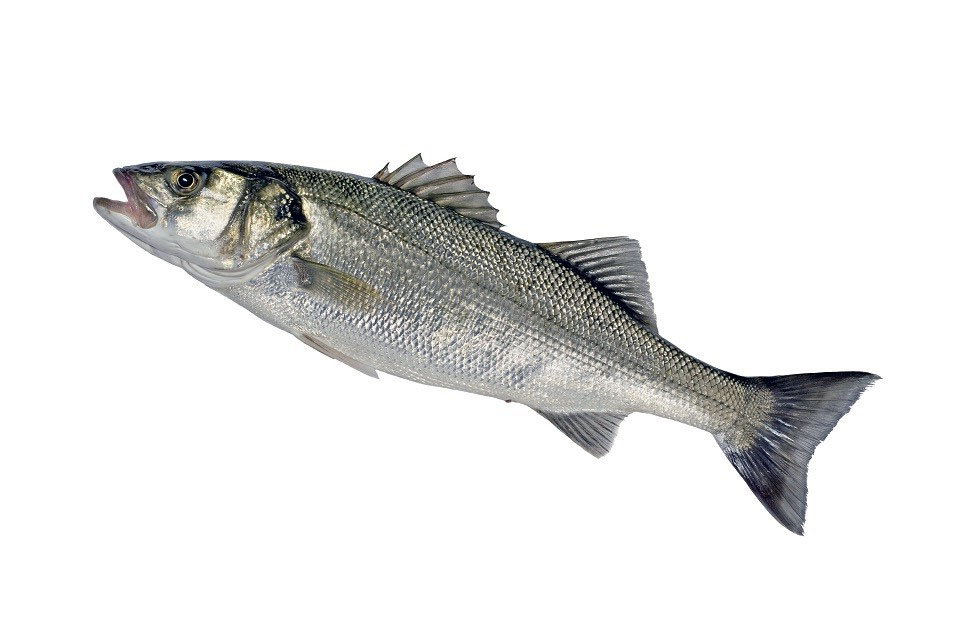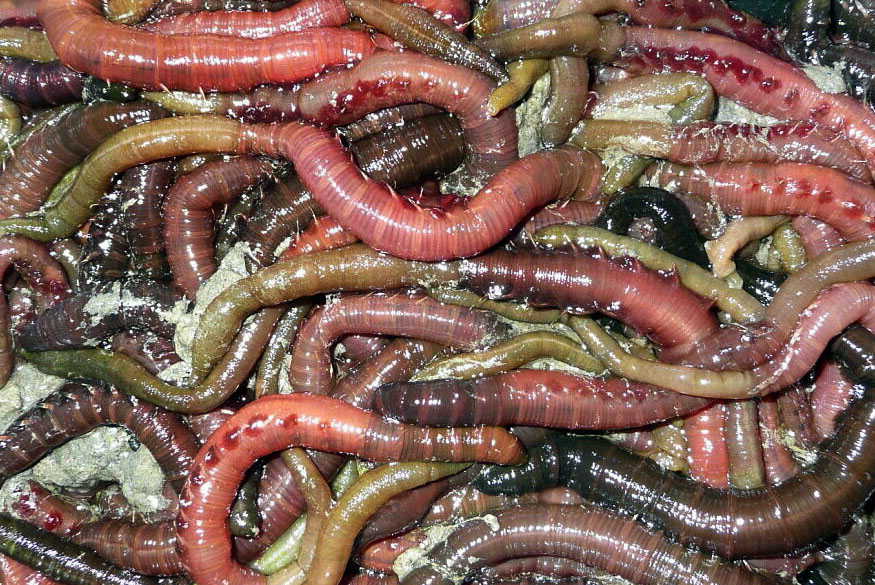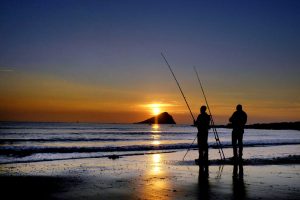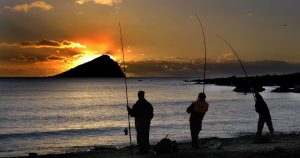Bass ….. the Angler’s Favourite Fish

The silver one is probably the most sought after and prized of all sea fish. Growing to around the 20lb mark the bass is known for it’s hard fighting capabilities. They are found in such a variety of locations whereby it would be simpler to say when they can’t be caught. Harbours, marinas, rivers, estuaries, rocky outcrops, beaches and reefs are all places of interest. High tide, low tide and anywhere in between means 24/7 options throughout the year. Many spots are best fished at low tide where bass can be found in just a foot of water.
As well as the shore marks bass are caught from a variety of craft, offshore boats steaming out to distant reefs, smaller boats in rivers and close to the shoreline to kayaks working close to the shore in sometimes very shallow water.
Although the bass angler has his bait preferences this predator can be caught using almost every bait available. Peeler crab, sandeel, joey mackerel, small pouting and pollack, rag and lugworm, sardines, prawns, mackerel and gar strips, squid, soft lures, hard lures, spinners, wooden lures, diving lures, floating lures, poppers…the list goes on.
Tackle can be just as varied depending on the location fished. Beach casters and specialist bass rods from beaches, on outcrops, medium power spinning rods from most shore marks to general all rounders. Fixed spool or multiplier reels depending on each angler’s choice.
Often the best time to fish from the beach is after a blow with waves breaking although bass can still be caught in still conditions. Favoured baits from the beach are live sandeel, peeler crab, razorfish, lug and ragworm. Some prefer a running leger with a fairly long trace. This method allows for a more natural bait presentation with live bait. Paternoster rigs work well with lug and rag. Bass are usually closer to the beach than many anglers believe so a cast of no more than 30 yards is best. If the waves are breaking aim to place the bait around the second or third one as this is where feed like sandeels are to be found by the bass. On a quiet day when the schoolies are not showing then try a larger bait like a side of mackerel which could result in a large loner.
Estuary bass are generally small schoolies but never rule out the presence of a larger one. They often hunt alongside grey mullet when the tide floods and can compete with mackerel when chasing whitebait on the surface. Lug, ragworm or peeler crab is often the best bait for the estuary although they can be taken on surface lures. Paternoster rigs work well but the angler will need regular bait checks due to the crabs that frequent the mud banks. Larger rivers will have both school bass and larger specimens. Harbours will have all sizes and bottom or float fishing works. A live prawn below a float is worth a try.
Fishing from rocky outcrops is often prefered by the lure angler. Poppers at low water and shallow divers as the tide floods. Some of the best bass are taken in turbulent water and often just a few turns from where the angler is perched. Bass are clever preditors and will simply hide among the rocks waiting for an unsuspecting small fish to appear.
Larger boats will find bass on offshore reefs while smaller boats have success closer to shore. Small dinghies and kayaks can get in really close to the shore in even shallow water where the bass are likely to be feeding. Live lance or joey mackerel are favoured over the offshore reefs while a variety of lures often work best closer to shore.
Whether from shore or boat and whatever tactics are employed the bass will give a good account of itself when hooked and is one of the best and sought after sport fish in our waters. It is also prized for the table.






